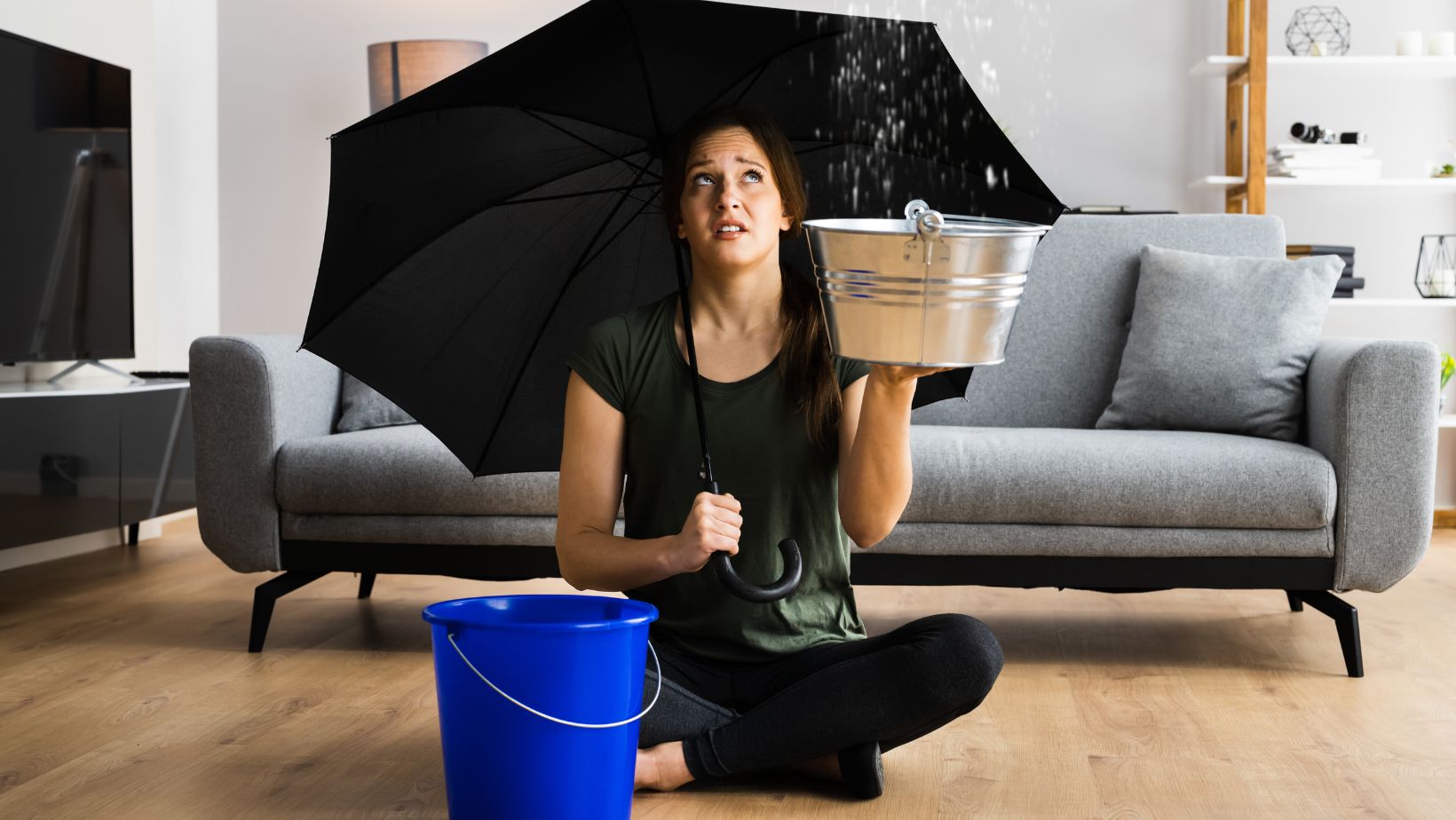Water damage can be a homeowner’s worst nightmare, wreaking havoc on properties and causing significant financial and emotional distress. Whether it’s a burst pipe, flooding, or a leaky roof, the aftermath of water-related incidents can be overwhelming. As the frequency and severity of extreme weather events continue to rise, the risk of water-induced damage has become an ever-present concern for homeowners and property managers alike. In this comprehensive guide, we will delve into the intricacies of dealing with water-induced damage, providing practical tips and actionable advice to help you navigate through the challenges that arise when faced with such situations.
From understanding the immediate steps to take in the aftermath of water damage to addressing long-term consequences, we’ve got you covered. As unpredictable as water damage can be, being equipped with the right knowledge and tools is essential for a swift and effective response, ensuring the preservation of your property and the well-being of its occupants.
Assessing the Extent of Damage
The first crucial step in dealing with water-induced damage is to assess the extent of the harm caused. Conduct a thorough inspection of the affected areas, taking note of visible damage to walls, ceilings, floors, and personal belongings. Document the damage with photographs or videos, as this documentation will be essential for insurance claims. Pay special attention to hidden spaces, such as behind walls and under flooring, as water can seep into these areas and cause long-term issues like mold growth. Understanding the full scope of the damage is key to formulating an effective restoration plan.
Immediate Damage Control
Once the assessment is complete, it’s time to initiate immediate damage control measures. Begin by stopping the source of water if it’s still flowing. Shut off the main water supply or fix the leaky pipe to prevent further damage. If the water damage is due to flooding, make sure to disconnect electrical appliances and turn off the power to avoid potential electrocution hazards. Promptly remove standing water using pumps, wet/dry vacuums, or buckets. The faster you can extract excess water, the better chance you have of minimizing the extent of the damage.
Drying and Dehumidification
After removing standing water, the next critical step is thorough drying and dehumidification. Moisture left behind can lead to mold growth, compromising indoor air quality and causing health issues. Use high-powered fans, dehumidifiers, and open windows to promote air circulation and aid in the drying process.

Focus not only on visible surfaces but also on structural elements like drywall and wooden framing. It’s essential to be patient during this phase, as rushing the drying process can lead to incomplete restoration and potential future issues.
Mold Prevention and Remediation
Mold can start to develop within 24 to 48 hours after water damage occurs, posing serious health risks and further damaging structures. To prevent mold growth, apply antimicrobial solutions to affected areas and consider using mold-resistant building materials during the restoration process. If mold has already taken hold, consult with professionals for remediation. Mold removal requires specialized techniques and equipment to ensure complete eradication. Additionally, address any underlying moisture issues to prevent mold from returning.
Navigating Water-Induced Disasters
Water-induced disasters have the potential to transform the familiar into the unfamiliar, turning once serene homes into battlegrounds against nature’s force. Organizations like Cotton Global Disaster Solutions play a vital role in this process, offering expertise, resources, and support to navigate the complexities of restoration and rebuilding after water-induced disasters. Floodwaters can be relentless, breaching barriers and infiltrating spaces meant for refuge. The aftermath of such disasters leaves behind a chaotic landscape, with possessions submerged, structures weakened, and the very foundation of normalcy shaken.

From the rapid onset of flash floods to the slow and insidious damage caused by hidden leaks, water-induced disasters span a spectrum of severity, each demanding a unique response. The emotional toll of witnessing one’s living space succumb to water’s indiscriminate power is profound, requiring not only physical restoration but also a psychological journey to rebuild a sense of security and normalcy. Understanding the nuanced nature of water-induced disasters is crucial for crafting effective strategies to mitigate their impact and embark on a path toward recovery.
Insurance Claims and Legal Considerations
Navigating insurance claims is a critical aspect of dealing with water-induced damage. Contact your insurance provider promptly to report the incident and provide the documented evidence collected during the assessment phase. Familiarize yourself with your policy coverage, including deductibles and exclusions. Keep detailed records of all communication with your insurance company, and consider seeking professional advice if disputes arise. Additionally, be aware of any legal considerations, such as local building codes and regulations, that may impact the restoration process. Compliance with legal requirements is essential to ensure the safety and integrity of your property.
Dealing with water-induced damage requires a systematic and comprehensive approach, from the initial assessment to the final restoration stages. By taking immediate action, thoroughly assessing the damage, and following proper protocols, you can mitigate the impact of water damage on your property. Remember that seeking professional assistance, especially for extensive damage or mold remediation, is a wise investment in the long-term health and value of your home. Stay vigilant, be proactive, and follow the guidelines outlined in this guide to ensure a thorough and effective response to water-induced damage.





